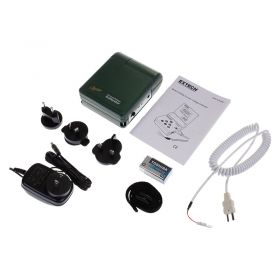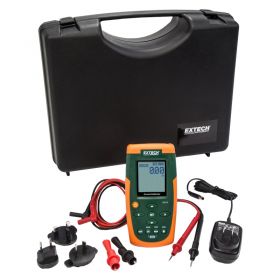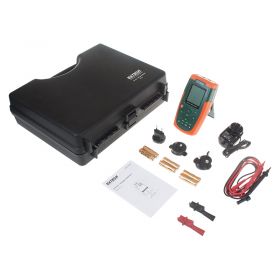Voltage, Current & Loop Calibrators
-

 Extech 412355A Current and Voltage Calibrator/Meter£238.80 £199.00
Extech 412355A Current and Voltage Calibrator/Meter£238.80 £199.00- Oyster case with flip-up display is ideal for handheld or benchtop applications
- Display readings in mA or as a % of the 0 to 24mA range or as mV in voltage ranges
- Provides adjustable 0 to 24mA and 0 to 10V calibration source
199 Reward PointsPrice Match Guarantee412355A -

 Free UK DeliveryExtech PRC10 Current Calibrator£322.80 £269.00
Free UK DeliveryExtech PRC10 Current Calibrator£322.80 £269.00- Small size calibrator
- 0 to 24mA
- 24V DC power source
269 Reward PointsPrice Match GuaranteePRC10 -

 Free UK DeliveryExtech PRC15 Current and Voltage Calibrator£378.00 £315.00
Free UK DeliveryExtech PRC15 Current and Voltage Calibrator£378.00 £315.00- 0 to 24mA (-25% to 125%)
- 0 to 20V DC calibration source
- Measure DC process signals
315 Reward PointsPrice Match GuaranteePRC15


